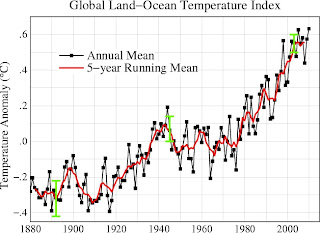Leadership in Energy and Environmental Design
- LEED is a green building certification.
- Innovative ways to construct or renovate buildings
- Reduce the carbon footprint left behind
- Provides guidelines and standards throughout the design, construction, operations and maintenance phases.
Why LEED?
- Reduced carbon footprint
- Lower operating costs
- Conserve energy and water
- Improves the overall performance and quality of a building
How it Works?
LEED operates on a points rating system for a building split up into 5 main categories.
Sustainable Sites
- Site selection and development.
- Points are awarded for:
- Preserving the land and its surrounding ecosystems
- Reducing local heat effects to erosion
Water Efficiency
- Encourages a reduction in the use of water.
- Outside:- Irrigation and rain harvesting systems.
- Inside:- High efficiency appliances and fittings.
Energy & Atmosphere
- Most important section, and is weighted appropriately.
- It is most important because it focuses on reducing energy consumption.
- This can be achieved in a great number of ways, all aimed at reducing the overall energy consumption of the building, thus reducing its carbon footprint.
Materials & Resources
- Reducing waste.
- This applies primarily to the construction and operation
- Dependent on the materials used for everything from framing to flooring.
- Economically preferable products
- Recycled
- Low emissions
- Extracted, processed and manufactured within 500 miles.
Indoor Environmental Quality
- Improve living conditions within the house
- Smaller impact on the outside world around it
- This includes better air quality indoors through the use of
- Moisture control
- Ventilation
- Air Filtering
Bonus Points are also available from:
Innovation in Design
Locations and Linkages
Awareness & Education

























